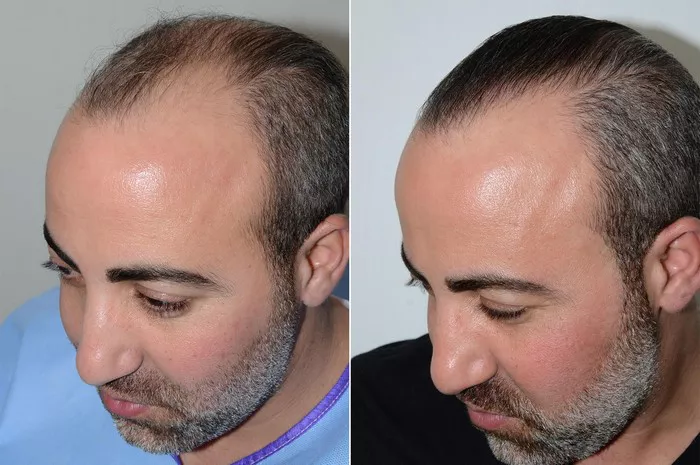Hair transplant surgery is a transformative procedure that helps individuals regain their confidence and restore hair growth. The surgery involves the transplantation of healthy hair follicles from a donor area to areas experiencing hair loss. After undergoing this procedure, patients often have questions about when they can resume their normal sleeping habits without jeopardizing the success of the transplant.
In this comprehensive article, we will delve into the recommended timeline and guidelines for sleep after a hair transplant surgery. It is important to follow these suggestions to ensure optimal recovery and the best possible outcome from your hair restoration procedure.
The Initial Recovery Period:
During the initial recovery period following hair transplant surgery, your scalp needs time to heal, and the transplanted hair follicles need to establish themselves in their new location. It is essential to take certain precautions during sleep to protect the newly transplanted grafts.
Night of Surgery:
On the night of your surgery, it is crucial to sleep in an elevated position to reduce swelling and promote blood circulation.
Prop yourself up with multiple pillows or use a recliner chair if possible.
Avoid any direct pressure on the transplanted area by lying on your back.
Days 1 to 3:
For the first three days post-surgery, continue to sleep with your head elevated to minimize swelling.
Make sure you have a comfortable and supportive pillow to maintain the proper position throughout the night.
Avoid sleeping on your stomach or sides to prevent any unnecessary pressure on the newly transplanted hair follicles.
The Subsequent Recovery Phase:
As your scalp heals and the transplanted grafts become more secure, you can gradually adjust your sleeping habits. However, it is still essential to handle your scalp with care during this phase.
Days 4 to 10:
By this stage, you can gradually transition back to sleeping in your preferred position.
If you are a side sleeper, use a U-shaped travel pillow or a specialized pillow designed for post-hair transplant patients.
These pillows provide support and help prevent direct pressure on the transplanted area.
Avoid sleeping directly on your stomach as it may exert unnecessary pressure on the grafts.
Weeks 2 to 4:
As your scalp continues to heal, you can resume your normal sleeping habits.
However, it is still advisable to be cautious and avoid any rough movements or actions that could cause friction or dislodge the grafts.
Be mindful of the type of pillowcase you use—opt for silk or satin cases to reduce friction and minimize hair breakage.
Beyond 4 Weeks:
After four weeks, your transplanted hair follicles should have a more secure hold in their new location.
You can now sleep in any position that is comfortable for you, including on your stomach or sides.
It’s always recommended to continue using a pillow with proper support to maintain a healthy scalp and hair alignment.
General Guidelines for Sleep:
In addition to the timeline mentioned above, here are some general guidelines to follow for optimal sleep after a hair transplant surgery:
Cleanliness:
Ensure your bedding, including pillowcases, is clean and free from dirt or bacteria to prevent infections or complications.
Pillows and Mattresses:
Opt for pillows and mattresses that provide adequate support while keeping your head and neck in a neutral position.
Gentle Hair Care:
Before going to bed, gently comb or brush your hair to avoid tugging or pulling on the newly transplanted grafts.
Avoid Heat and Friction:
Minimize the use of heat styling tools and avoid rough towel-drying to prevent damage to the transplanted hair follicles.
Patience:
Keep in mind that every patient’s recovery process may vary. Be patient as you adjust your sleeping habits and always consult with your surgeon if you have any concerns or questions.
Conclusion:
The timing for resuming normal sleeping habits after a hair transplant surgery depends on the stage of your recovery and the healing progress of your scalp. By following the recommended guidelines and gradually transitioning back to your regular sleeping positions, you can protect the newly transplanted grafts and ensure the best possible outcome from your procedure.
Always consult with your surgeon for personalized post-operative instructions based on your unique situation. Adhering to these guidelines, practicing proper scalp care, and maintaining good sleep hygiene will contribute to a successful recovery and help you achieve optimal results from your hair transplant surgery.


